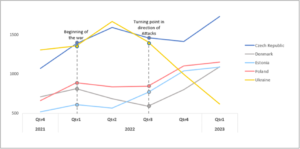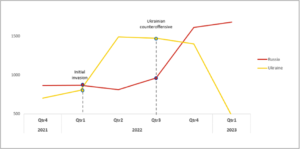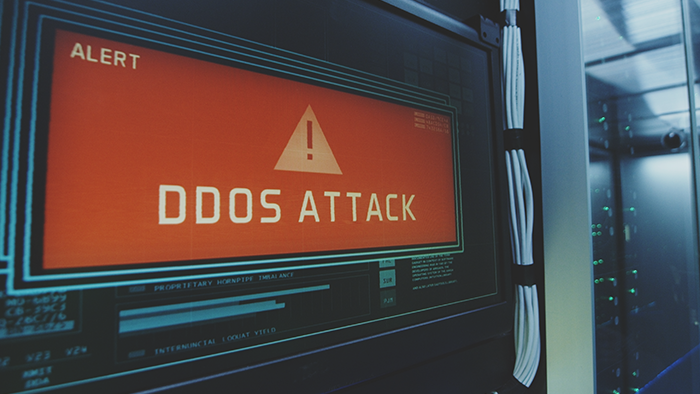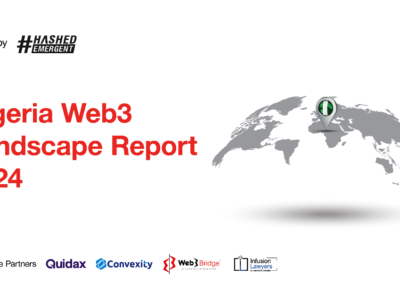Check Point Research (CPR) marks September 2022 as a turning point for cyber-attacks related to the Russia-Ukraine war. Since then, weekly cyber-attacks against Ukraine decreased by 44%, while cyber-attacks against NATO countries increased by nearly 57% in some cases. CPR lists wipers, multi-pronged attacks and hacktivism as key trends and forces as factors in the pivot.
- Cyber-attacks against Russia saw a steady increase of 9% since September 2022
- Estonia, Poland and Denmark saw increases of 57%, 31%, and 31%, respectively
- UK and the US saw increases of 11% and 6%, respectively
Check Point Research (CPR) cites September 2022 as a turning point for cyber-attacks related to the Russian-Ukrainian war.
RELATED: Cyberwar in Ukraine leads to all-time-high levels of DDoS attacks
When looking back, CPR noticed a difference in cyber-attacks when comparing the periods of March – September 2022 and October 2022 – February 2023. Cyber-attacks against Ukraine decreased, while cyber-attacks against NATO countries increased sharply.
The numbers:
- 44% decrease in average number of weekly attacks per organization against Ukraine, from 1,555 attacks to 877
- 9% increase in the average number of weekly attacks per organization against Russian Federation, from 1,505 to 1,635
- Increases in cyber-attacks against NATO countries
- Estonia, Poland and Denmark saw increases of 57%, 31%, and 31%, respectively
- UK and the US saw increases of 11% and 6%, respectively
Figure 1. Average weekly cyber-attacks per organization

Figure 2. Average weekly cyber-attacks per organization for Government and Military industry

Key trends observed:
- Rise of wipers
- Multi-pronged cyber attacks
- Hacktivism
According to Sergey Shykevich, Threat Intelligence Group Manager at Check Point Research: “We see a change in the direction of cyber-attacks at a specific point during the war. Starting the third quarter of 2022, we see a decline in the attacks against Ukraine, while also seeing increases in the attacks against certain NATO countries.
We see the deployed efforts especially against specific NATO countries that are more hostile to Russia. Some of those attacks are malware attacks, and some of those are focused on information operations around specific political, geo-political and military events.”

































